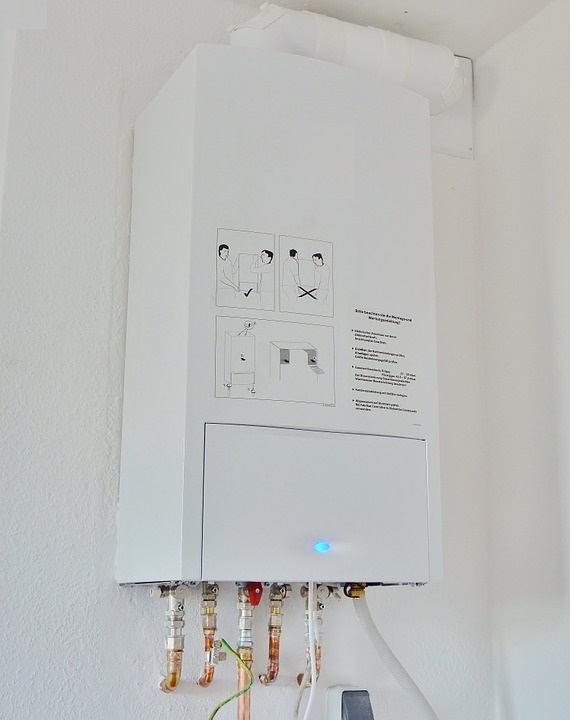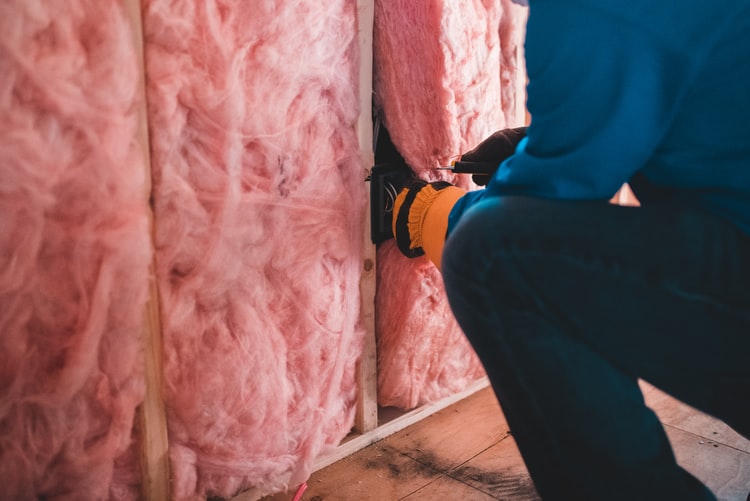Whether it’s to boost the value of your property or to lower your monthly bills, there are many benefits to making your home more energy-efficient.
Plus, did you know that residential homes account for around 20% of greenhouse gas emissions? A PBS report reveals that households generate 5.43 gigatons of carbon every year. So if every homeowner makes their home a little more energy-efficient, the environment can breathe a little easier.
That said, here are some efficiency-boosting home improvement ideas to consider:
1. Seal Drafty Spaces
Drafts are gaps between your walls, flooring, and other parts of your space that unintentionally let the heat out during the colder months, or in during the summer. This means that no matter the season, drafts make your HVAC work overtime, leading to a lot of wasted energy. According to HomeServe’s article on draft-proofing, some areas, like fireplaces and doors, are more susceptible to drafts than others. Search through them thoroughly and find the most effective way to cover the gaps. For example, doors can be draft-proofed with self-adhesive strips. Meanwhile, drafts between floorboards can be sealed with filler or caulk.
2. Add More Insulation
Unfortunately, sealing drafts alone can’t guarantee your home’s energy efficiency — especially when the materials used to create your house aren’t very effective. For example, if your roof is covered with asphalt shingles, it’s important to know that it can let heat pass through. In this case, it’s good to add a couple of layers of insulation. You can choose from a lot of materials depending on your budget. Spray foam, for instance, is the best option, but it’s also the most expensive. The walls and floors also need to be insulated.
3. Upgrade Your Windows
Not every material can keep the heat sealed in (or out), and a lot of the ones used for windows are not very good at this either. For example, windows with aluminum bars make poor insulators. Windows with single-pane glass are also not very good at preventing air from entering or escaping.
Look for non-conductive materials like casement, clad-wood, and vinyl for your frames. For areas of your home directly hit by the sun, we recommend getting ‘Triple-pane Windows’. Or, you can also have your glass tinted if you don’t mind the slightly darker view.
4. Get a Tankless Water Heater

“Demand-type” water heaters, commercially known as the tankless ones, only heat water when somebody turns it on, thereby saving energy. It does this by applying the heat (either via burner or electricity) as the water travels through the pipes. HGTV’s guide to water heaters points out that you may need to employ the help of a professional installer to determine how big the heater needs to be based on your “flow rate” or how much water will be pumped out. This will depend on many factors, like the number of people using hot water simultaneously and how often everyone bathes.
It’s no secret that creating a more energy-efficient home isn’t cheap, especially if you find a lot of problems around your space. For instance, tankless water heaters can cost anywhere between $2,500 to $4,500. However, it’s an investment with both short and long-term payoffs. And your next bill will be proof enough.
Featured Image: Unsplash

